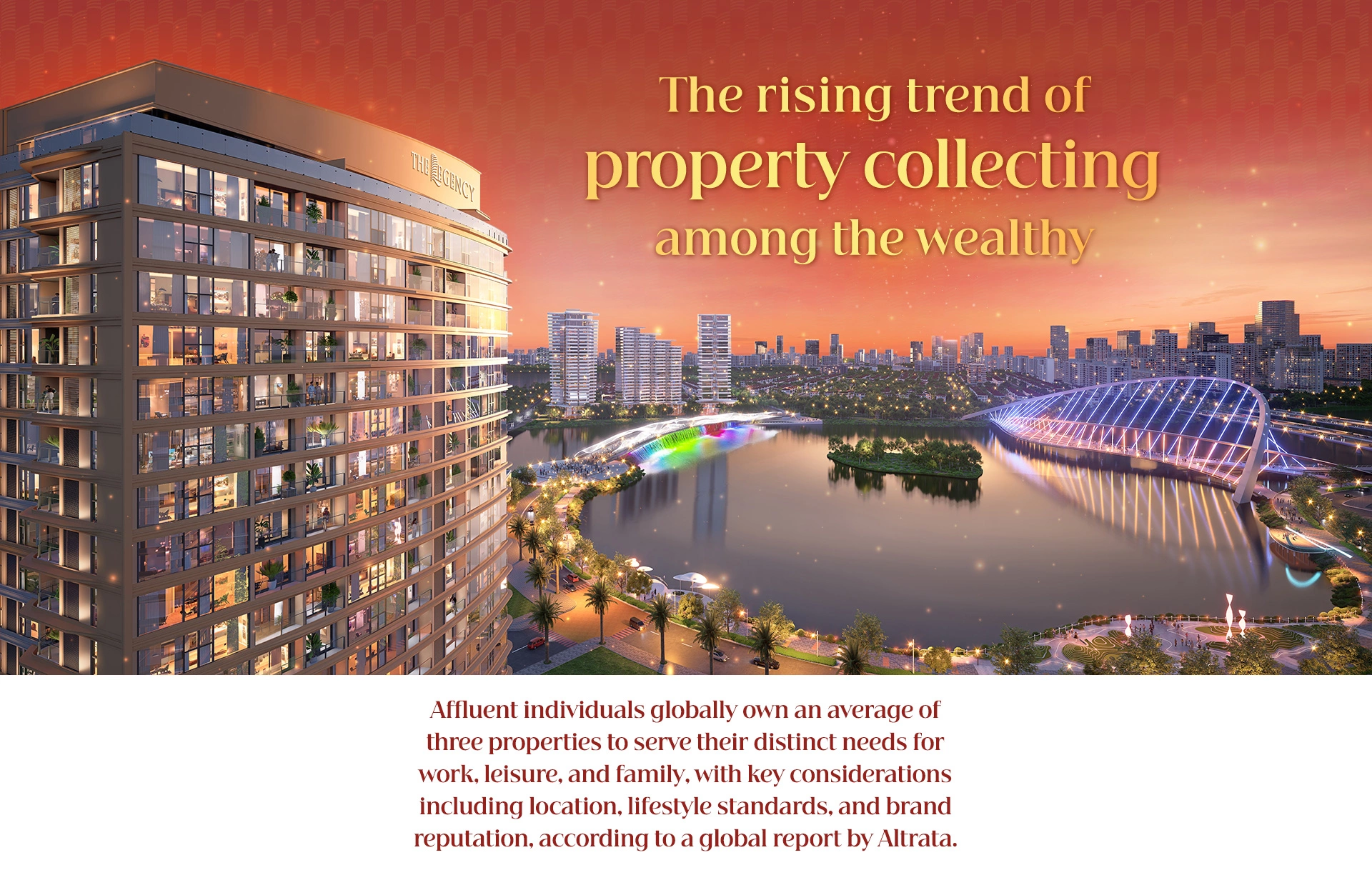
Minh, a 48-year-old tech entrepreneur in Ho Chi Minh City, exemplifies this trend. Every month, he drives his family to their beachfront apartment in Nha Trang for a few days of relaxation. He bought the property not for investment or rental income, but as a retreat that strengthens family bonds and reconnects them with nature.
His primary residence is a spacious apartment in the former District 7, located three kilometers from his office and close to international hospitals, shopping malls, and parks. Minh also plans to purchase another home in the city for his eldest son. To him, real estate isn’t merely an investment; it’s a life strategy for different stages: balancing work and rest, planning for his children, and caring for his parents.


Minh’s story mirrors findings from Altrata’s Residential Real Estate 2025 report, which examines the property habits of the world’s ultra-high-net-worth (UHNW) individuals—those with net assets exceeding $30 million. The report estimates that there are nearly 500,000 UHNW individuals globally, each owning, on average, three luxury properties: a primary residence near business activities, a leisure home by the sea or in the mountains, and another tied to personal interests, such as proximity to theaters or sports venues. Many in this group own far more.
Experts note that the super-rich are diversifying their property portfolios not only to preserve wealth but also to enhance the quality of life and create a lasting legacy for future generations. Multiple homes allow them to spread risk, express personal taste, and cater to various needs—from work-life balance to family wellness.
With increasing globalization and mobility, international property ownership has also become a norm. Altrata reports that 17% of UHNW individuals operate businesses in foreign countries, and 14% were educated overseas, factors that fuel cross-border property investments.
In Vietnam, rapid economic growth and an expanding affluent class are driving strong demand for second and third homes, particularly in the high-end, luxury, and ultra-luxury segments. According to Knight Frank’s 2024 report, Vietnam is emerging as a new hub for luxury real estate in Asia, serving both as an investment destination and a lifestyle base for the upper class.

The report highlights Vietnam’s robust macroeconomic fundamentals and infrastructure development as catalysts for real estate growth. “These factors attract a growing number of expatriates, including young professionals and families, enhancing Vietnam’s appeal to international investors,” Knight Frank noted. In Ho Chi Minh City, nearly 60% of residential supply in Q3 2025 falls into the premium and luxury categories.
For buyers like Minh, owning multiple homes is a deliberate journey, each property fulfilling a distinct purpose. “If conditions allow, I’ll continue to buy more,” he said, adding that any purchase must meet high standards of living: prime location, world-class amenities, refined design, reputable developers, a solid legal framework, and a compatible community.
Industry analysts predict that properties with rare attributes, substantial brand value, and exceptional living standards will become “must-haves” for the wealthy. “Affluent families today prioritize safety, reliability, and long-term planning over ostentation,” said John Eric, a senior researcher at Altrata.
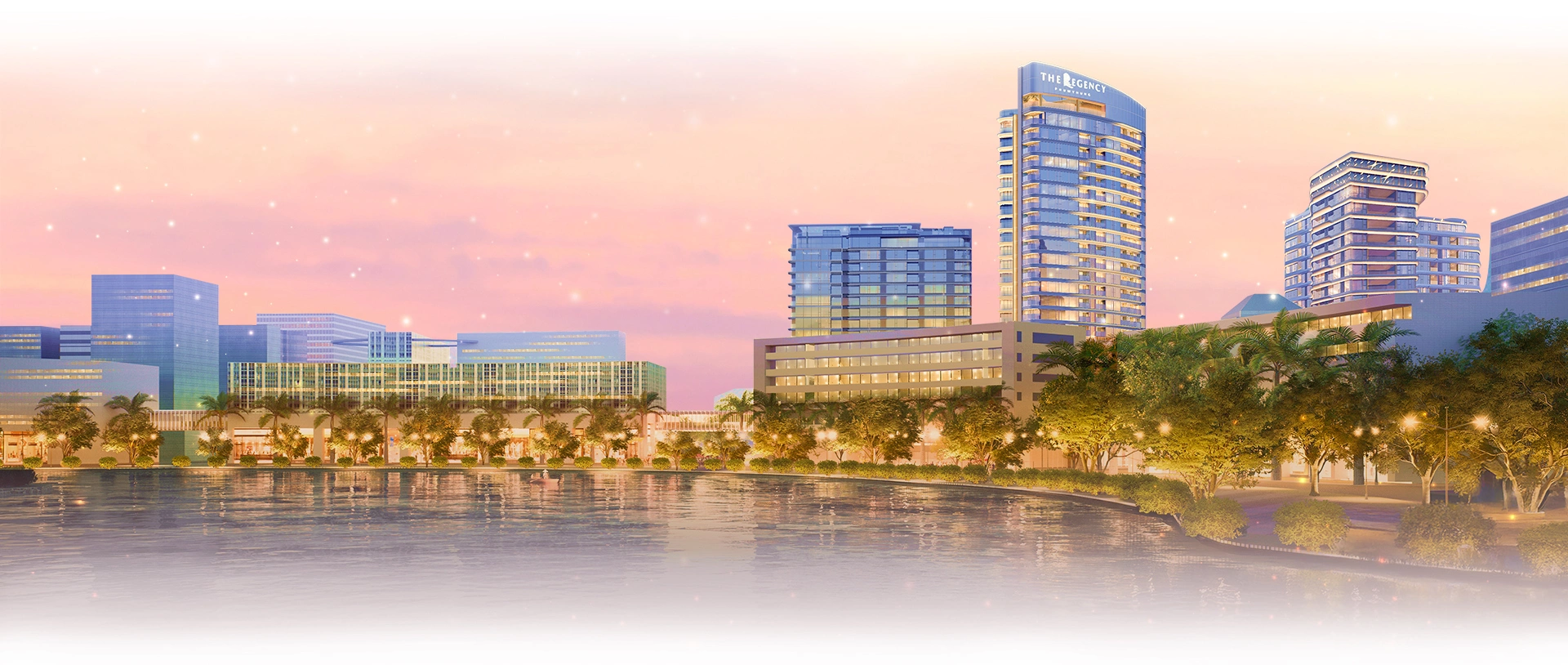

In Vietnam, affluent buyers increasingly seek out properties that offer exclusivity, distinctive design, premium location, or limited availability. One recent example is The Sculptura, a newly introduced mid-rise project by Phu My Hung.
With only 75 apartments and 10 shop units, The Sculptura has already attracted registrations 10 times its limited supply, according to the developer. The 12-story development spans over 2,370 square meters in the heart of the Hillview District neighborhood. Designed by Singapore’s DP Architects, most units are three-bedroom apartments of over 100 sq.m, furnished with imported European interiors. The project offers resort-style amenities, including an infinity pool, jacuzzi, BBQ area, gym, yoga and sauna rooms, and children’s playgrounds.
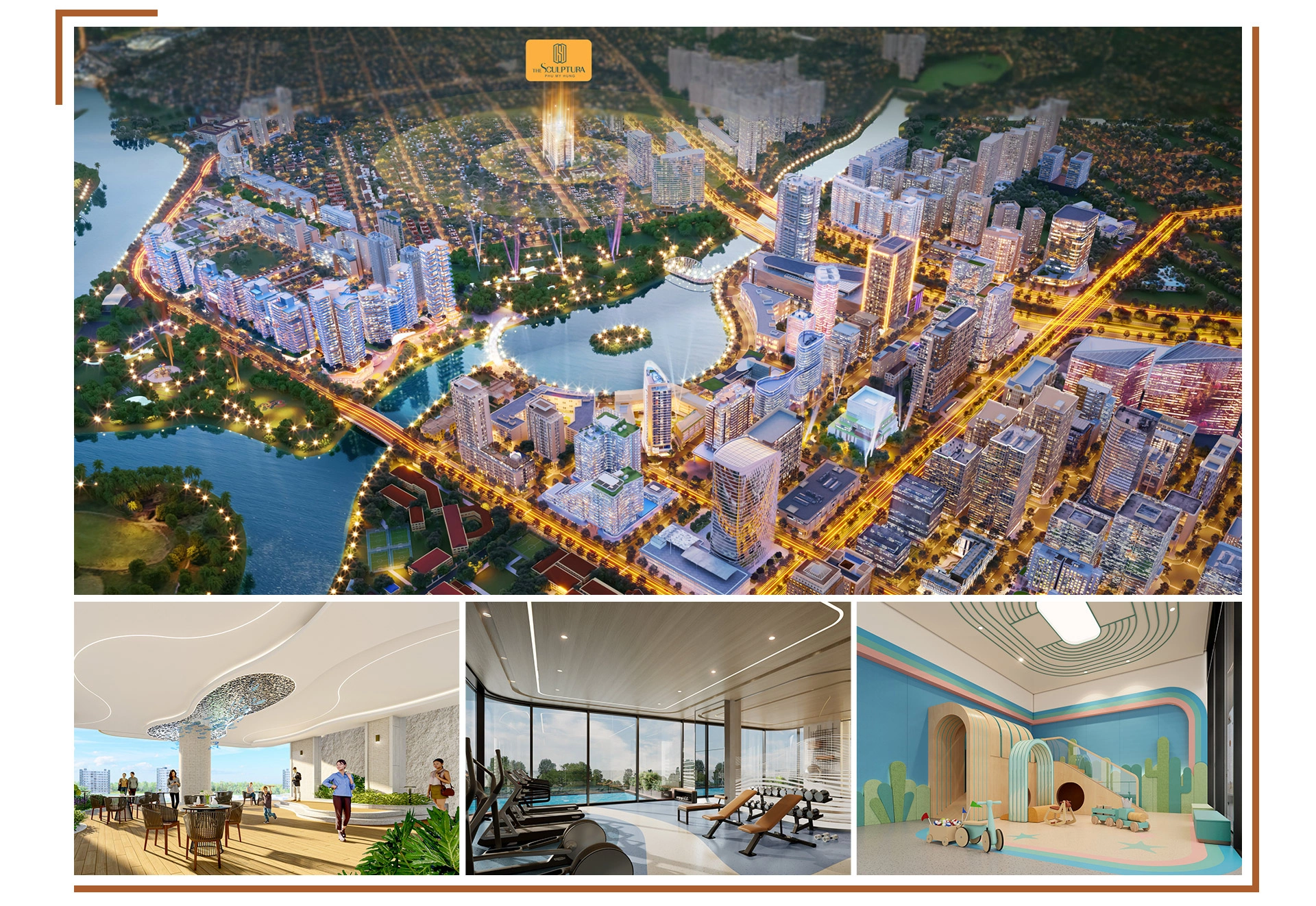
At the project’s launch event in mid-October, Kim Phuong, 57, a current resident of The Horizon, said she registered to buy at The Sculptura because it suits her and her husband’s quieter lifestyle. “We’ll pass The Horizon to our son’s family; it’s more vibrant, while The Sculptura offers privacy and calm,” she said.
Phuong praised the project’s location on Ha Huy Tap Street, opposite the Phu Gia villas and adjacent to a 3,500-square-meter park, providing both tranquility and greenery. Having lived in Phu My Hung for years, she values the well-developed amenities, international community, and opportunities for business networking. “I plan to turn one room into a workspace overlooking the park. It’s ideal,” she added.


After more than a decade in Phu My Hung, Phuong owns over three properties there and continues to buy more each time new projects are introduced. She’s not alone. Developer data shows that over 50% of recent buyers in the past five years are existing Phu My Hung residents, with some projects like L’Arcade having 100% of owners from within the community.
Homeowners cite trust in the developer, urban planning, security, amenities, and long-term vision as reasons they remain loyal. As Vietnam’s first model urban township, Phu My Hung now houses over 60,000 residents, more than half of whom are foreigners, forming a dynamic community of business leaders and professionals. It also hosts the headquarters of major multinational companies and attracts millions of visitors annually through cultural and lifestyle events.
For residents like Phuong, owning a home here is a point of pride. “Living in Phu My Hung means sharing a refined lifestyle with like-minded neighbors,” she said. “People of all ages can find their ideal space within the township.”
Looking ahead, Phu My Hung’s “2.0” vision will elevate the township with new cultural centers, Grade-A offices, five-star hotels, and international hospitals, alongside multimillion-dollar landscape and infrastructure upgrades. With less than 15% of its land bank remaining, acquiring property here promises long-term value growth, as comparable projects will soon be rare.
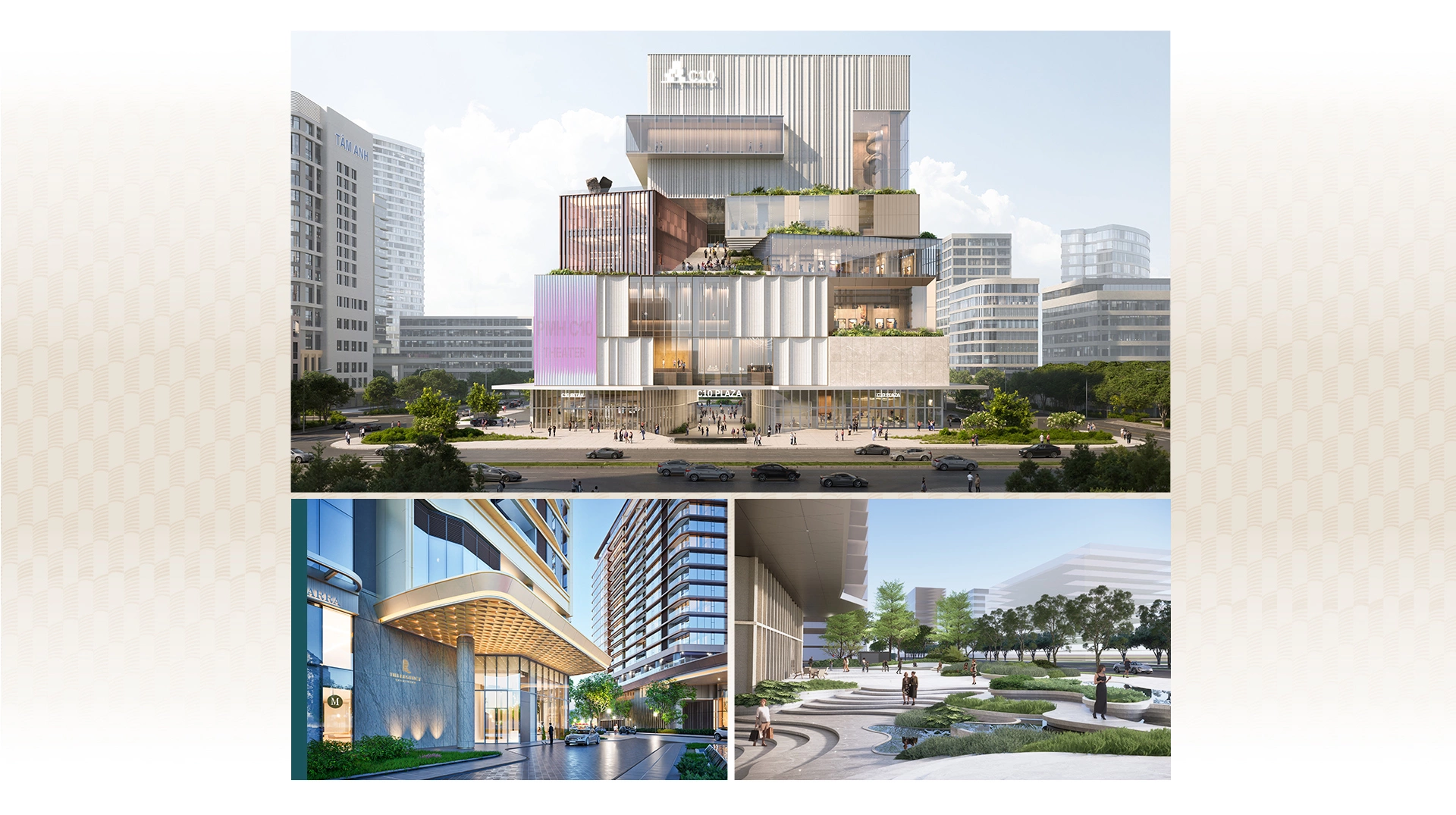
In 2025, besides The Sculptura, Phu My Hung plans to introduce only one additional project—The Regency, on Nov. 9, 2025. This project is located at the heart of The Crescent, home to the highest concentration of foreign residents in the township.
The Regency is a 24-story luxury apartment tower designed by Handel Architects (New York), drawing inspiration from billowing sails facing the iconic The Crescent Lake. Like The Sculptura, all units are over 100 sq.m, including three-bedroom layouts, dual-key units, and exclusive top houses.
For property collectors, both The Sculptura and The Regency combine the hallmarks of elite real estate: a prime Phu My Hung location, an established upper-class community, a reputable developer, spacious designs, and top-tier materials, making them standout pieces in any collection.
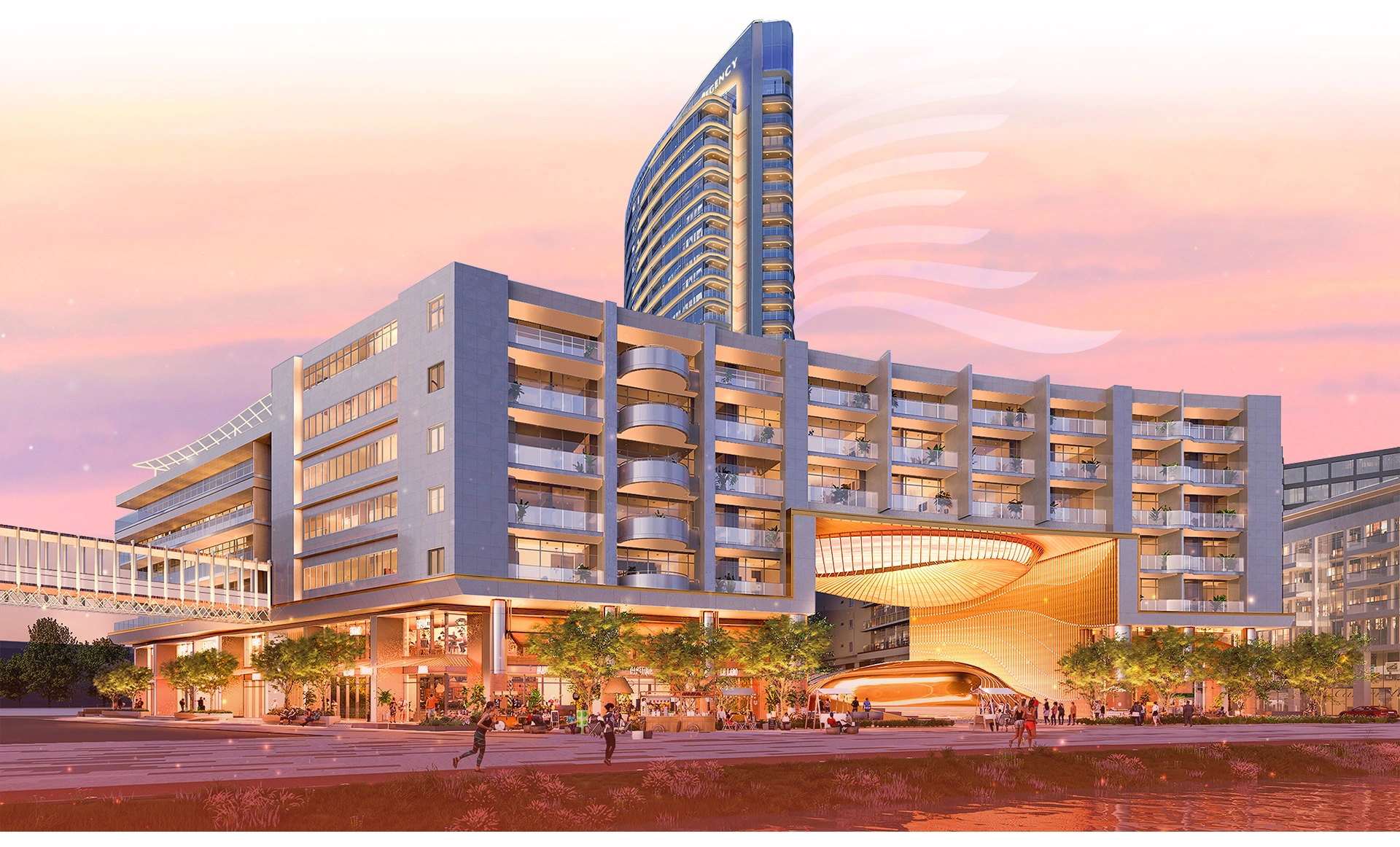
Content by Hoai Phuong
Designed by Ngan Ha
Photo courtesy of Phu My Hung





